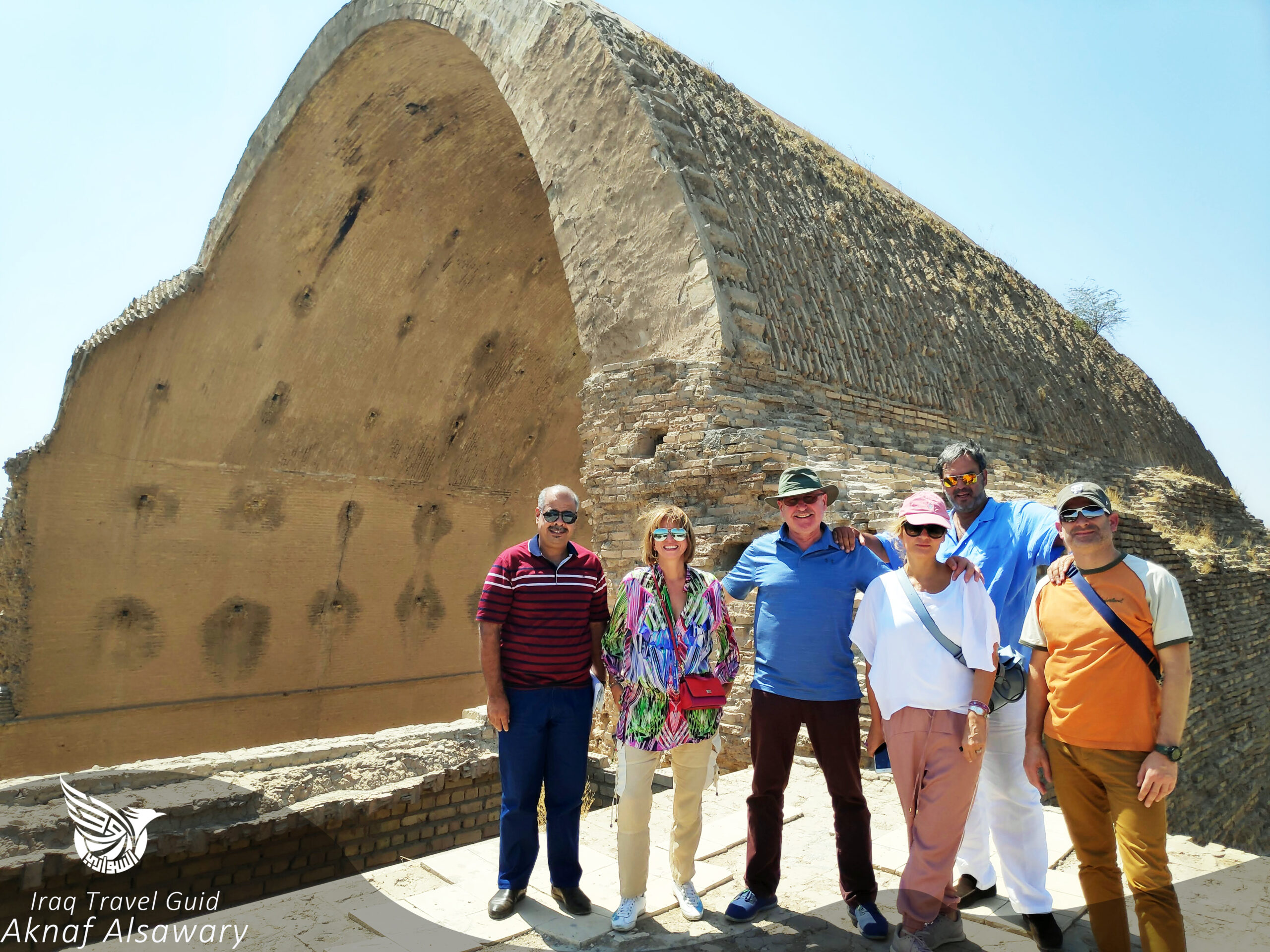Ctesiphon was an ancient city, located on the eastern bank of the Tigris, and about 22 miles southeast of present-day Baghdad, Ctesiphon served as a royal capital of the Persian Empire in the Parthian and Sasanian eras for over eight hundred years. Ctesiphon remained the capital of the Sasanian Empire until the Muslim conquest of Persia in 651 AD.
Ctesiphon developed into a rich commercial metropolis, merging with the surrounding cities along both shores of the river, including the Hellenistic city of Seleucia. In the late sixth and early seventh century, it was listed as the largest city in the world by some accounts.
 |
During the Roman-Parthian Wars, Ctesiphon fell three times to the Romans and later fell twice during Sasanian rule. The most conspicuous structure remaining today is the Taq Kasra, sometimes called the Archway of Ctesiphon. The archway is considered a landmark in the history of architecture and is the largest single-span vault of unreinforced brickwork in the world.

